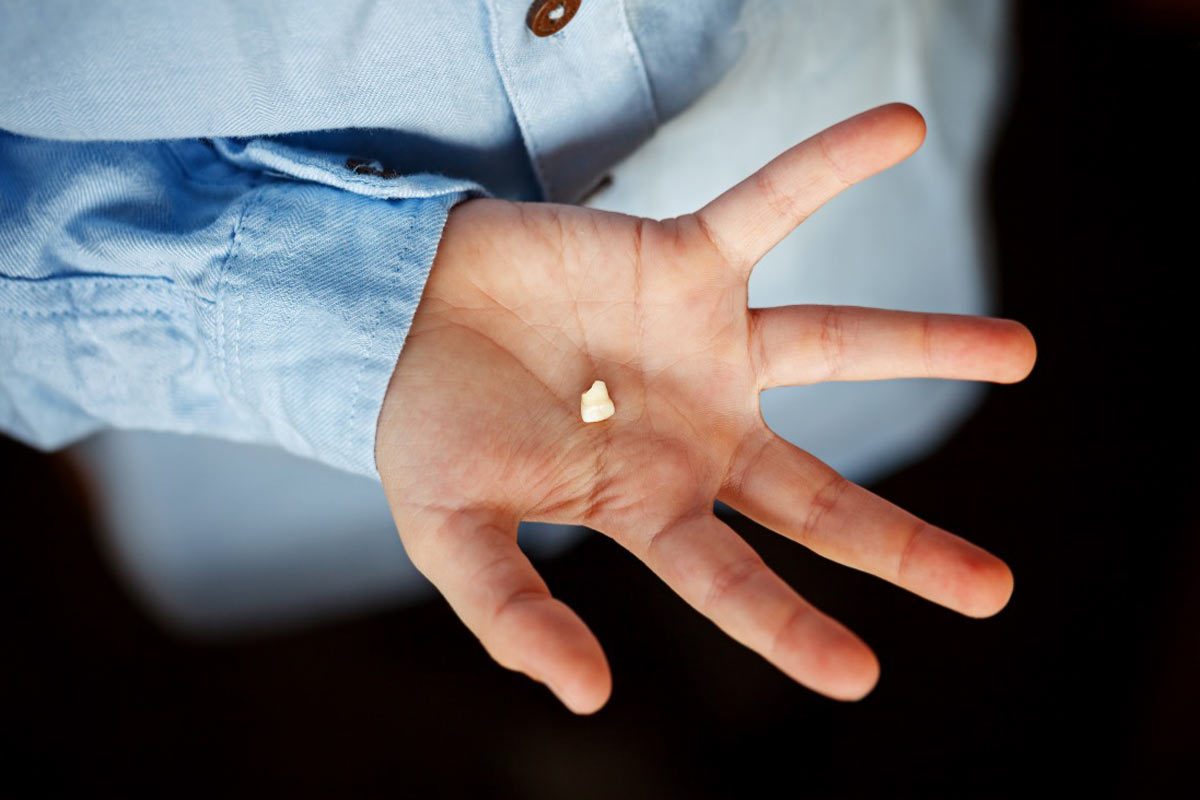What Are Dental Emergencies?
A dental emergency is when there is a sudden, unanticipated dental issue that needs to be treated by a dentist right away. The following are some examples of common dental emergencies:
- Extreme tooth pain or sensitivity
- Knocked-out or loose teeth as a result of trauma or injury
- Broken or cracked teeth
- Gum or mouth edema or bleeding
- Mouth infections or abscesses
- Loss of crowns or fillings
- Damage to orthodontic appliances or braces
If you’re experiencing a dental emergency, don’t wait to get help. Because delaying treatment could lead to permanent damage. Moreover, postponing treatment might sometimes result in lifelong damage, extreme pain, or even life-threatening infections.
7 Tips for Managing Dental Emergencies
Although managing a dental emergency might be challenging, keeping your cool and acting quickly to resolve the problem is crucial. Here are tips on how to address common dental emergencies:
Extreme Tooth Sensitivity or Pain
- Rinse your mouth out with warm water.
- If you notice any food or debris between your teeth, use dental floss to remove it.
- Place a cold compress over your mouth’s outside to relieve discomfort and swelling.
- Make an emergency appointment with your dentist as soon as you can.
Teeth That Have Been Knocked out or Come Loose due to Trauma or Injury
- If a tooth has been knocked out, look for it and give it a gentle water rinse. Avoid touching the tooth’s root.
- If possible, carefully place the tooth back into the socket and keep it there.
- If the tooth cannot be reinserted, keep it moist by putting it in a milk or saltwater container.
- Contact your dentist or an emergency dental service as soon as possible.

Broken or Chipped Teeth
- Rinse your mouth with warm water.
- Apply a cold compress to your mouth’s outside to minimize swelling.
- Collect any fragments of a broken tooth.
- As soon as possible, make an emergency appointment with your dentist.
- Rinse your mouth with warm saltwater if your gums are bleeding or swollen.
- To lessen swelling, use a cool compress outside your mouth.
- Stop the bleeding by applying pressure to the affected area using a clean cloth or gauze pad.
- For more information, speak with your dentist or an emergency dental service.
Mouth Infections or Abscesses
Rinse your mouth with warm saltwater, put a cold compress on the outside of your mouth to relieve discomfort and swelling, and call your dentist or an emergency dental service as soon as you can for treatment and antibiotics.
Lost Fillings or Crowns
- Rinse your mouth with warm water.
- Protect the affected area by applying dental wax or temporary filling
- Contact your dentist to schedule an emergency appointment.
Damage to Orthodontic Appliances or Braces
- Use dental wax or cotton to cover any protruding wires or broken brackets to prevent irritation or injury to the mouth.
For further information, speak with your emergency dental service or orthodontist.
In order to receive additional instructions and care, it’s critical to call your dentist or an emergency dental service as soon as possible. Remember to be calm and follow the above actions to prevent further injury or difficulties.
Where to Go If You Have a Dental Emergency
You can visit your regular dentist, an emergency dental clinic, an urgent care facility, or a hospital emergency room for a dental emergency. Get immediate oral care from a dental professional to solve the problem and avoid future damage or complications. When deciding where to go, you should consider the severity of your condition and the availability of assistance in the area. Call us at SkyRise Dental if you live in Thornhill, Ontario, and you are still figuring out where to go when having a dental emergency!



